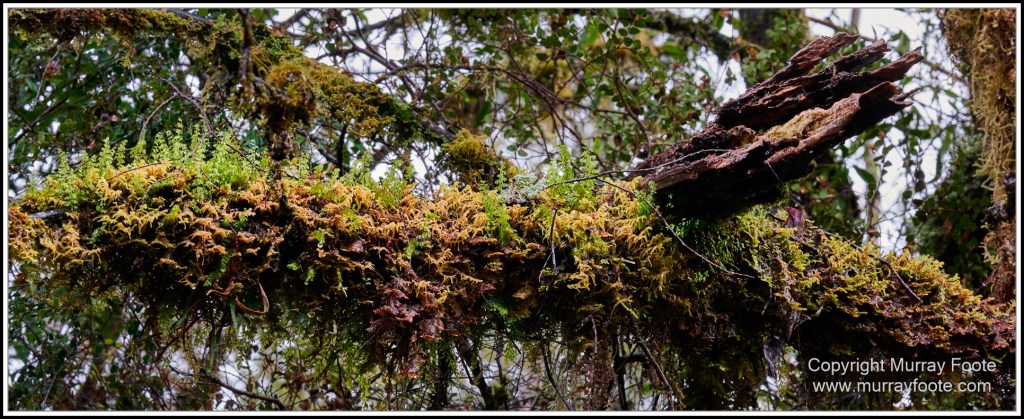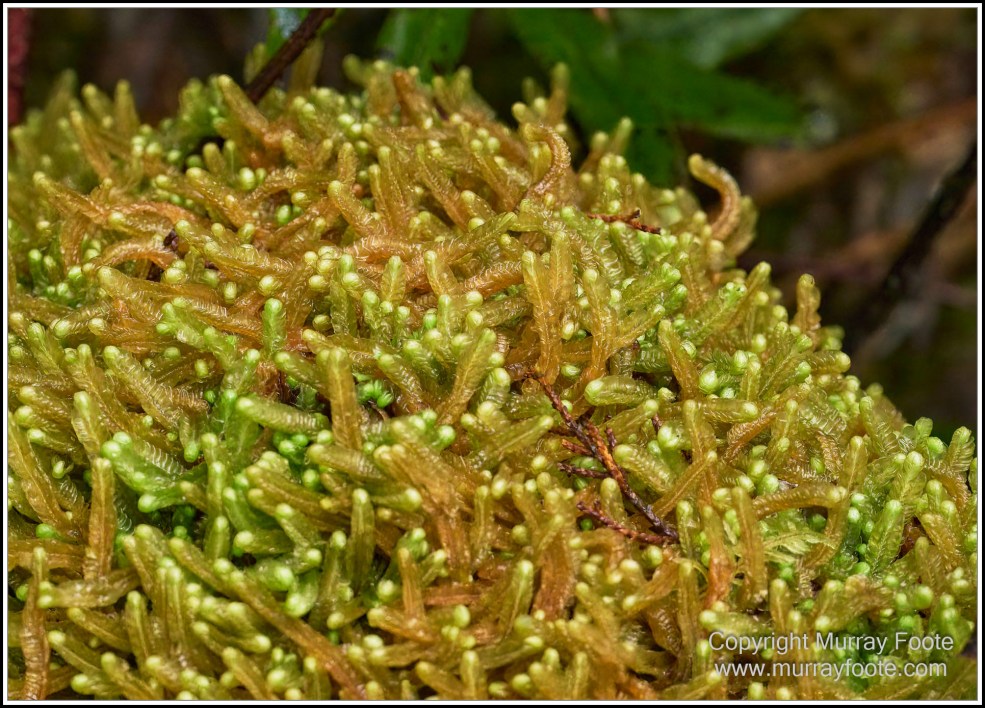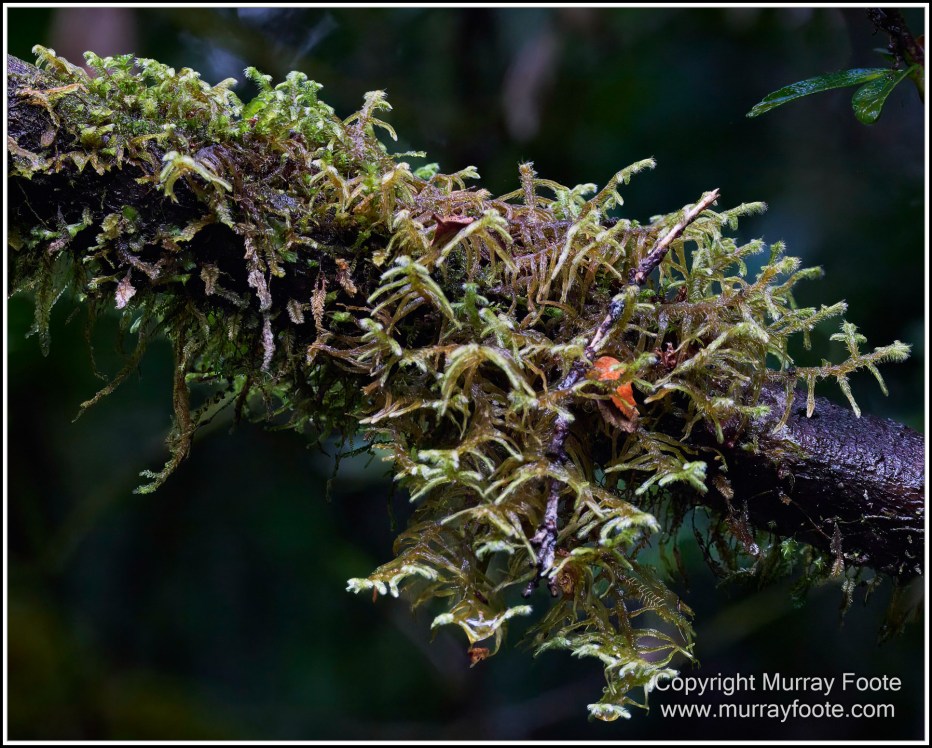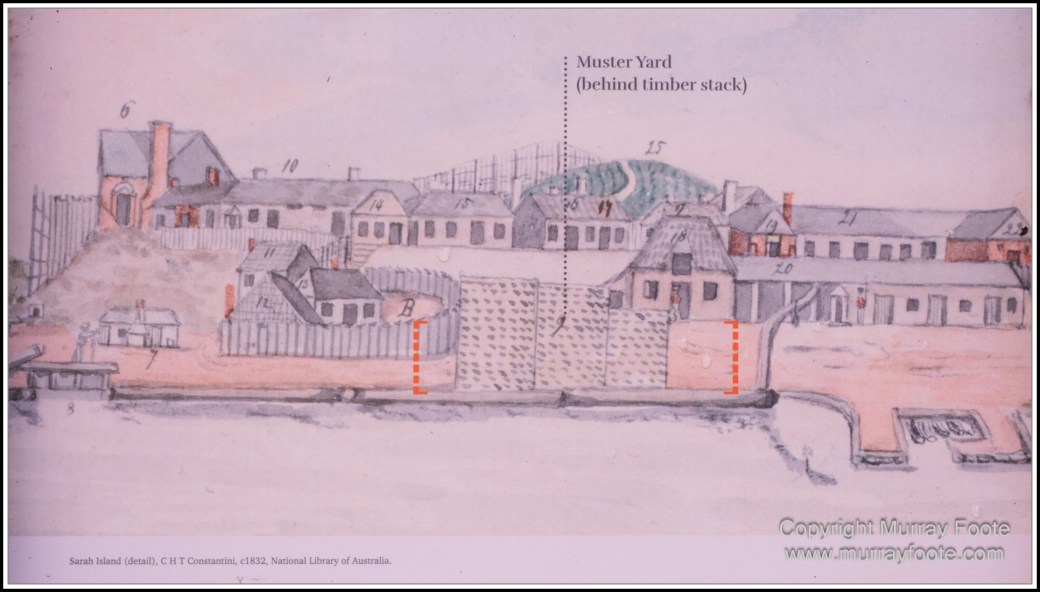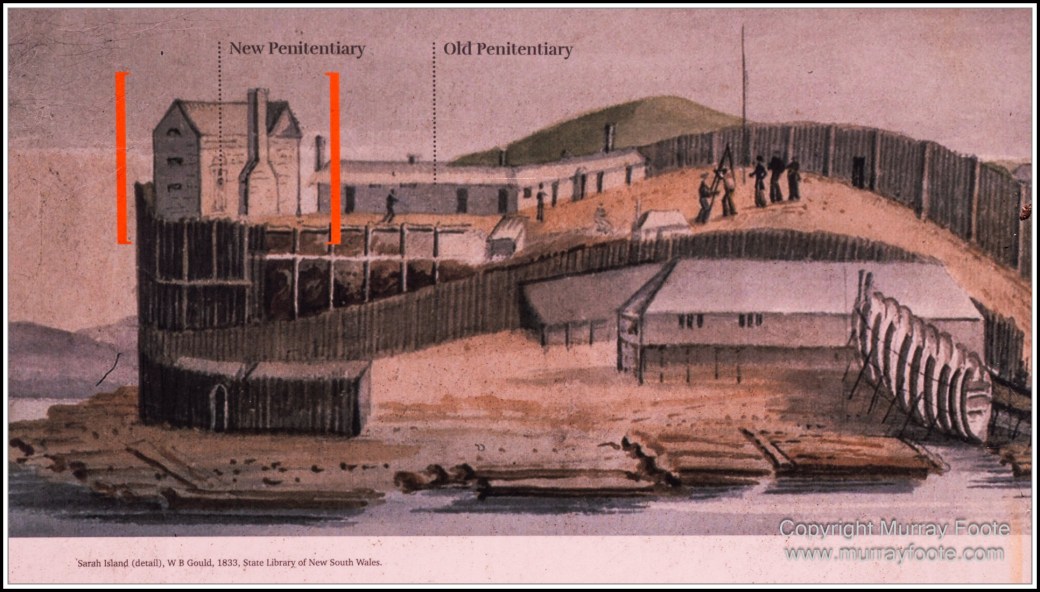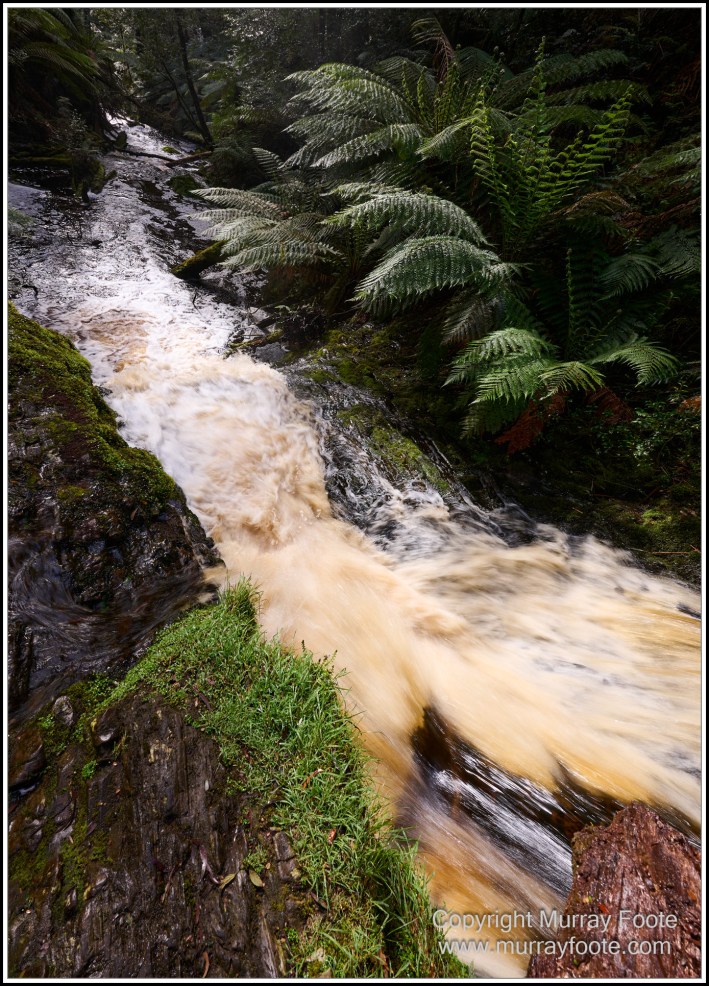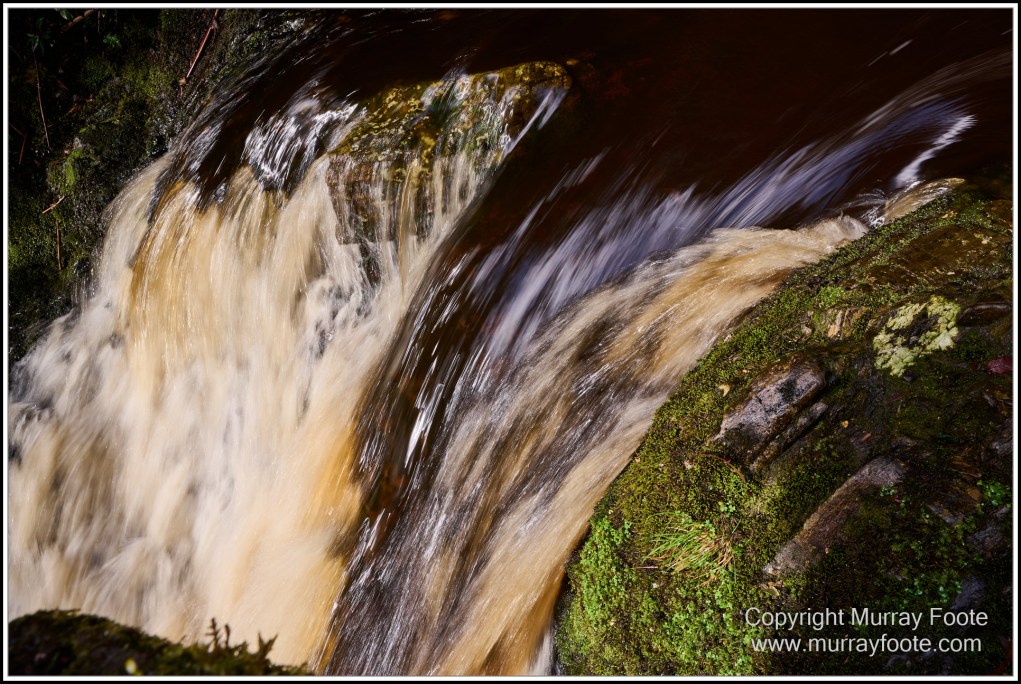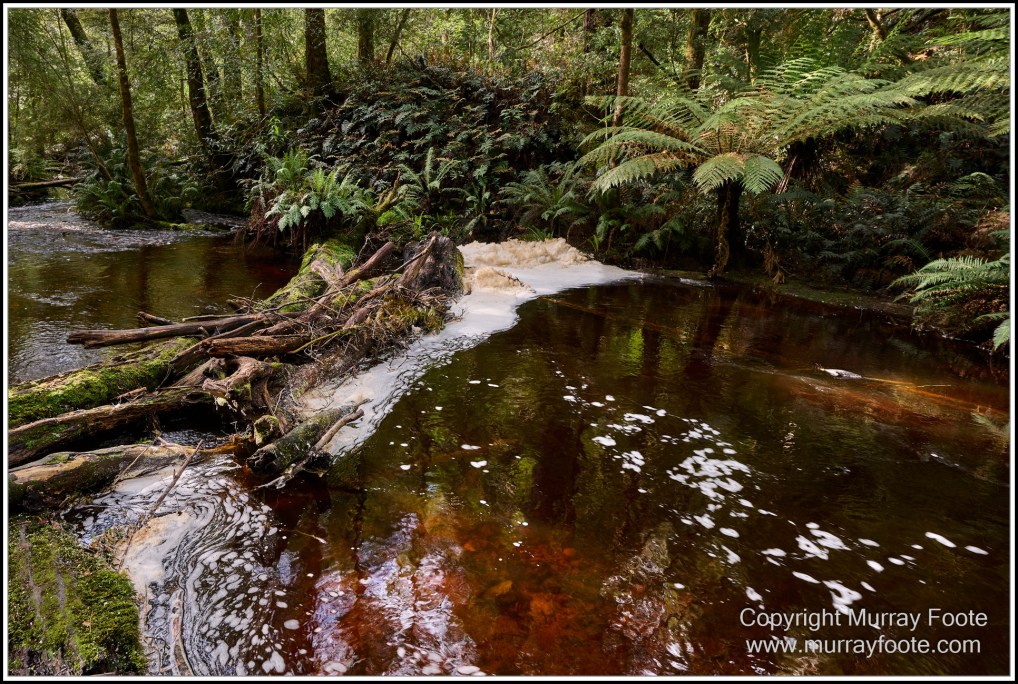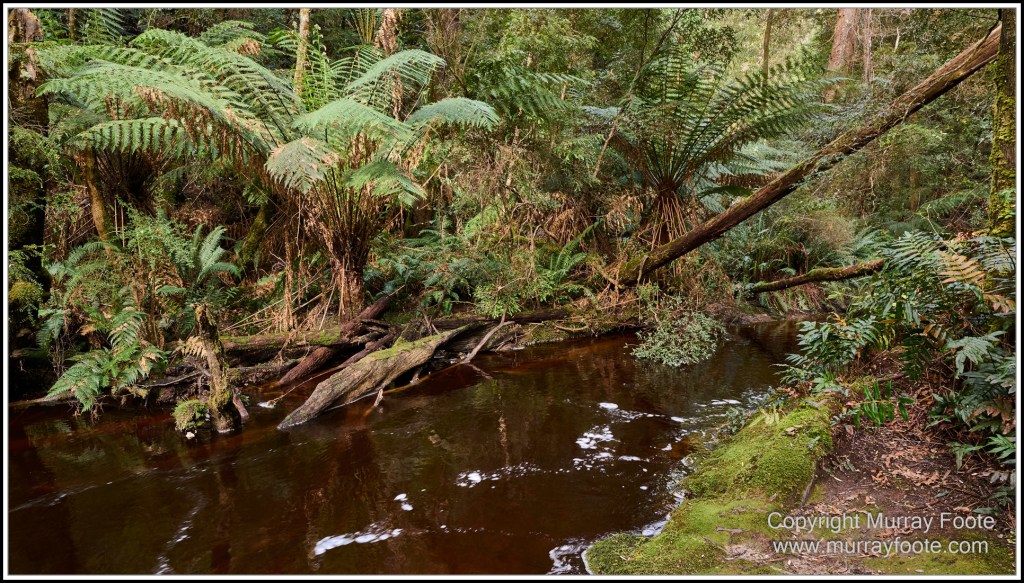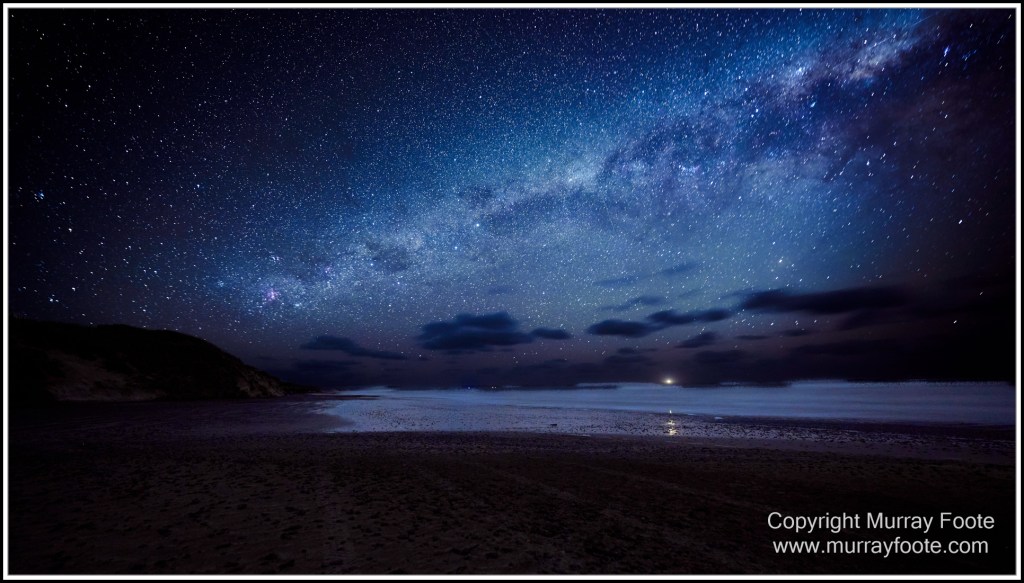Strahan, Tasmania, 16 October 2023
.
Click an image to see it nearly twice as large (on a computer at least).
Subscribers! Click the Post Title in the email to go to the Blog post with larger images.
.
Heritage Landing (this one and next seven).
(The size of images in panorama format like this one is restricted by page width. Click for a larger image.)
.
.
These are images of Gordon River rainforest.
.
.
We stopped on the Gordon River cruise at Heritage Landing, for a short rainforest walk.
.
.
Logically they should have been in the previous post, but only so many images per post.
.
.
This was a guided loop walk with talks given on the rainforest and the huon pines.
.
.
I walked away from that though.
.
.
I was much more interested in the details in the rainforest.
.
.
They’re not strictly macro shots though.
(The first four were taken with a Nikon Z6ii and an 85mm lens, whereas the last four were taken with a Fuji X-T4 and a 150-600mm lens at an average full-frame equivalent of about 350mm.)
.
.
An hour later, and now we’re on Sarah Island.
Sarah Island was the first convict incarceration settlement, from 1822 to 1833, predating Maria Island and Port Arthur. It was a byword for savagery..
.
Here is a nineteenth century drawing of most of the settlement on the island (1832), from a noticeboard.
It’s pointing out the Muster Yard.
.
.
Here is the back of the Muster Yard.
This is where the daily count of prisoners was made and where punishments were made, including lashes. During the eleven years of operations there were over one hundred lashings per year and an average of sixty lashes per lashing. For more detail have a look at this article.
.
.
I think these are buildings 11 and 13 at front left in the above drawing.
.
.
The bakery. Convicts received one small loaf a day.
There was also a loft above the oven to dry lengths of timber for shipbuilding.
.
.
Remains of the solitary confinement gaol.
Convicts could be confined here for misdemeanours in a windowless cell for fourteen days on bread and water.
.
.
Remains of the New Penitentiary, built in 1828.
In 1833, George Augustus Robinson was collecting and resettling Tasmanian Aboriginals on Flinders Island, supposedly a temporary measure to protect them from settlers and where they would be able to practice their customs. 55 men, women and children were held in the New Penitentiary for some months en route to Flinders Island and 16 died here of pneumonia and influenza. Around 200 were settled on Flinders Island and in 1847 the remaining 47 were moved to Oyster Cove, south of Hobart. Ultimately all died with no surviving descendants, and the only survivors were those with sealer groups in the Bass Strait islands..
.
.
Drawing including the New Penitentiary (on the left) from 1833.
.
.
The only settlements in Van Dieman’s Land in 1822 (as Tasmania was then) were Hobart and Launceston and there were no tracks between Macquarie Harbour and Hobart. So Sarah Island was deemed impossible to escape. Conditions were so brutal though that many tried. There were 156 escape attempts during the first six years and about half the escapees died during their attempts. The sentence for a recaptured escapee was 100 lashes and six months in leg irons.
A few did succeed in escaping though. James Goodwin was pardoned and given a job with the Surveyor-General due to the geographical knowledge gained during escape. Alexander Pearce escaped in 1822 and 1823 and was executed in 1824 for cannibalising the eight men who had gone with him. Matthew Brady became the “Gentleman Bushranger” after he stole a boat and escaped with 14 others. He was executed in 1826 and the only member of his gang to survive was the one who betrayed him for a pardon.
Initially, the economic purpose of Sarah Island was logging huon pine. From 1824, in order tr transport the logs, it also became a shipbuilding centre, the largest in Australia at the time and in all, more than 100 vessels were built. The penal savagery was also eased somewhat in the interests of productivity. In January 1834, during the final stages of Sarah Island closing down, James Porter and nine others hijacked the brig Frederick and escaped to Chile. They were allowed to stay there and six left for the US or Jamaica. Two years later a new Governor informed British authorities and the remaining four were arrested and sent to the penal colony in Norfolk Island. James Porter still ended up free after an escape in 1847.
.
After the Gordon River Cruise we visited Hogarth Falls. This is a short easy walk from the edge of the township of Strahan.
.
.
Fungus on a log beside the track.
.
.
Botanical Creek, beside the track.
.
.
First glimpse of the falls through the trees.
.
.
Rapids below the falls.
.
.
I was impressed by the foam banked up below the falls.
.
.
Looking up, here is the falls as well.
.
.
Looking down at the top of the falls.
.
.
Side view.
.
.
View from the other side. I was very careful crossing, since I was top-heavy with camera gear.
.
.
Walking back….
.
.
.
.
Reflections in the creek.
.
.
Looking up, near the entrance and the carpark.
.
.
Night sky with Milky Way and distant lighthouse from Ocean Beach.
I visited here the previous afternoon (as shown in the last post) looking for potential starscape sites. It was cloudy that night.
Nikon 6ii, 14-24mm f2.8 @ 14mm, f2.8, 15 seconds, 3200 ISO, 9:15pm, one day after new moon.
18 exposures combined in Sequator and processed in Capture One..
.
.
.
Postscript: 20,000 images
This Blog has been going since 2011 and there have been 1,180 posts. As of this post, the Blog houses 20,000 images. It also has 470,000 words and links to 15,000 live music images.
.
.
.
Note: I have been posting around once a week. The next post may take longer due to the demands of processing Thredbo Blues Festival images.


